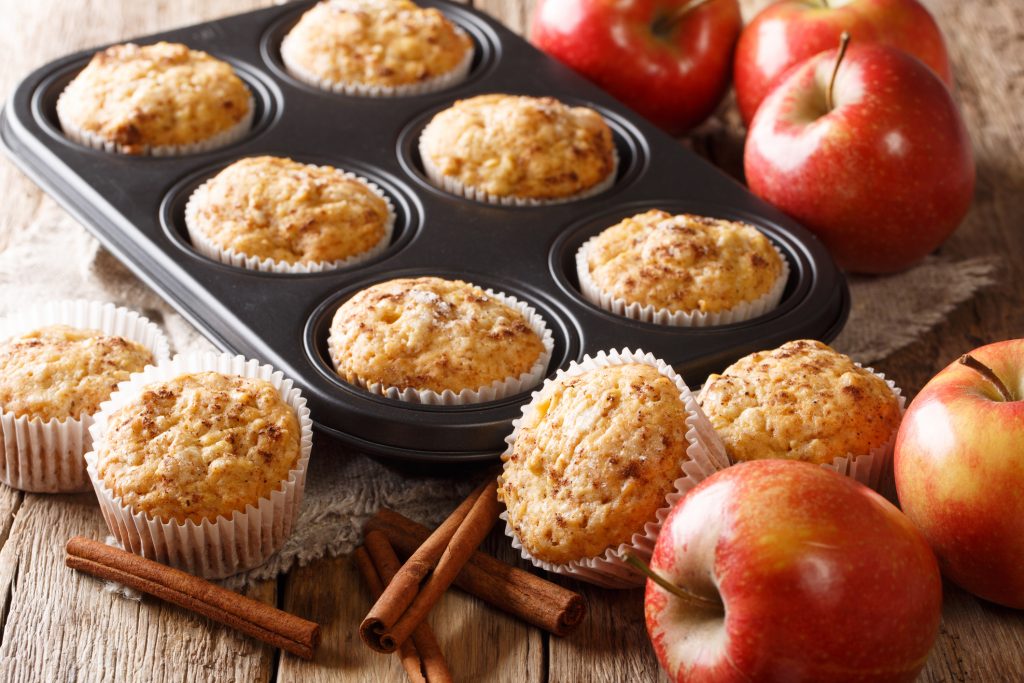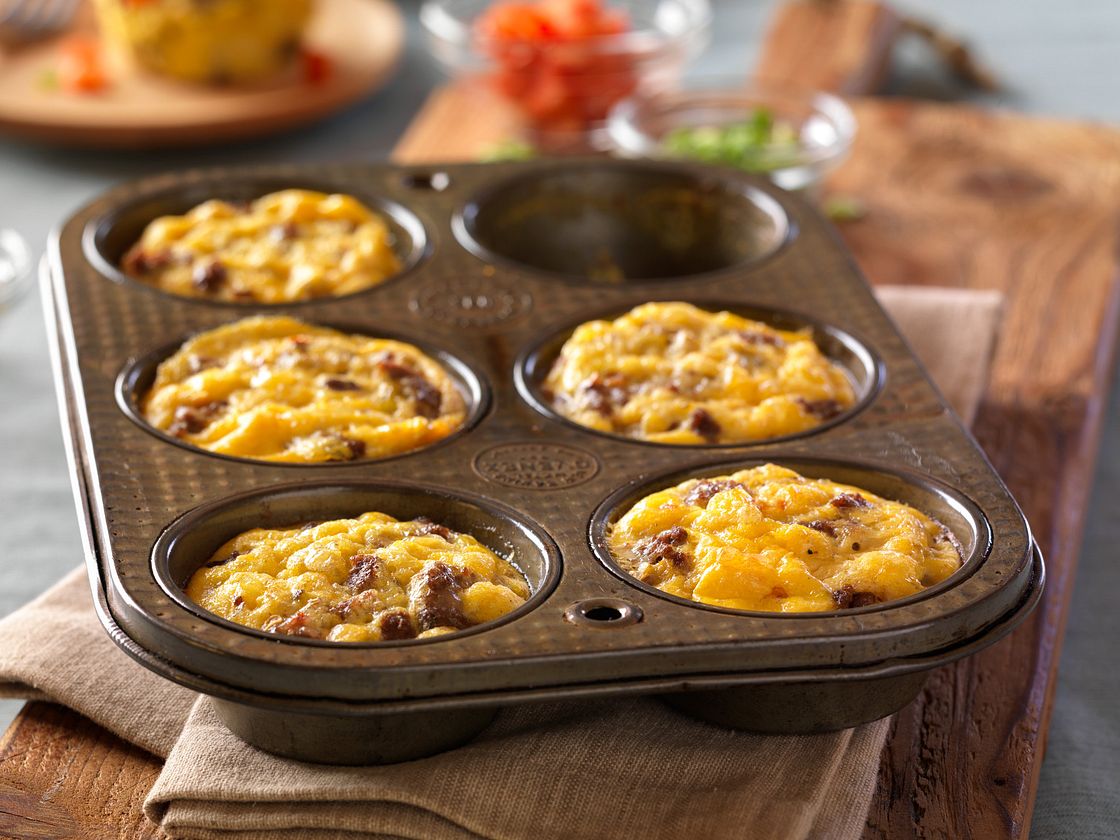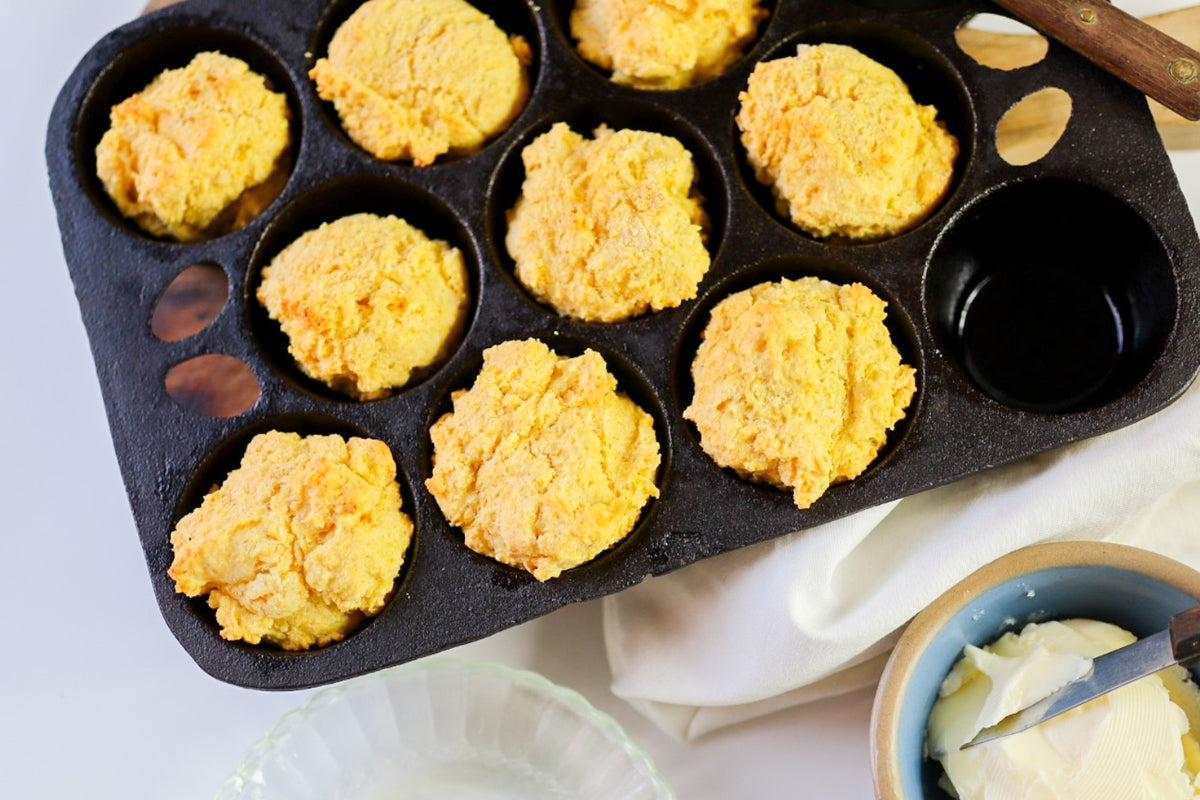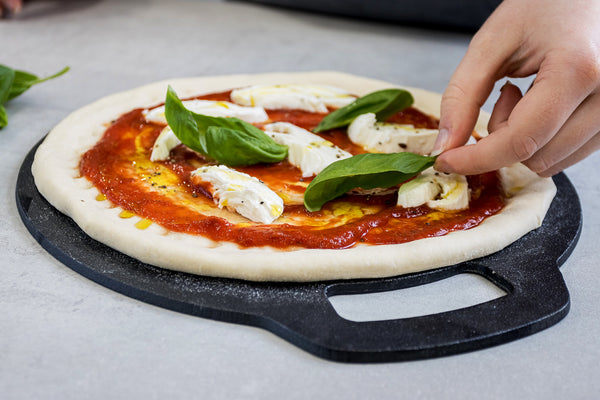The allure of vintage cast iron muffin pans extends beyond their obvious utility and durability. For kitchen professionals, understanding how to date vintage cast iron muffin pans is crucialnot just for valuing these cherished pieces, but also for appreciating the craftsmanship and history they bring into modern kitchens. This guide will walk you through identifying the age of these pans, a task that combines detective work with culinary passion.
Collector value of cast iron muffin pans can be significant, especially when linked to specific eras or manufacturers. Thus, dating a pan accurately can enhance its worth and offer insights into its origin.

Why Date Your Vintage Cast Iron Muffin Pan?
For kitchen professionals, understanding the origins of your tools is as essential as knowing how to use them. Dating your muffin pan can provide a deeper connection to its production process, helping you embrace its unique qualities. Moreover, it can reveal the evolution of kitchenware design and technology, offering a historical perspective that enriches your culinary creations.
Additionally, some vintage cast iron pieces are prized collectibles. Knowing their age and origin can add a layer of prestige and historical context to your kitchen repertoire. For more on how these pans stack up against modern ones, check out this comparison of new vs. vintage cast iron muffin pans.
Identifying Key Characteristics
Manufacturer Marks
One of the first steps in dating a vintage cast iron muffin pan is looking for manufacturer marks. These marks can often be found on the bottom of the pan and include logos, numbers, or letters that denote the maker and sometimes the era of production. Companies like Griswold, Wagner, and Lodge have distinct markings that have evolved over time.
Design and Construction
The design of a muffin pan can also offer clues to its age. Older pans may have a rougher finish due to less advanced casting technology, while newer vintage pans might exhibit a smoother surface. Additionally, the weight and thickness of the pan can vary significantly based on the era it was made, offering further hints to its dating.
Material Composition
Although all cast iron pans are made from iron, slight variations in material composition over different decades can help narrow down its production period. Some pans may have a slightly different hue or texture, which can be an indicator of the era in which they were manufactured.
Research and Resources
Researching the history of cast iron cookware can be a fascinating journey. Start by examining resources like antique cookware books, online forums, and dedicated websites that document the history and evolution of cast iron pieces. Websites such as Eating Well offer insights into cookware and their uses that are beneficial for both collectors and culinary professionals.
Additionally, connecting with other enthusiasts and experts via social media groups or forums can provide valuable insights. These communities often share tips, photographs, and personal experiences that can illuminate the dating process further.
Practical Tips for Kitchen Professionals
For those actively using vintage muffin pans in their culinary crafts, understanding their age can influence how they are cared for and used. Older pans may require different seasoning techniques or care practices to preserve their condition and functionality. If you're interested in the impact of different cooking methods on your pans, see this article on butter vs. oil in cast iron muffin pans.
Maintaining Your Vintage Pan
Proper maintenance is key to ensuring that your vintage cast iron muffin pan remains in excellent condition. Regular seasoning, avoiding soaking in water, and gently scrubbing with a stiff brush can help maintain its integrity.
For those who might be tempted to utilize modern cleaning agents, remember that simplicity is often best. A mixture of coarse salt and water can effectively clean a pan without damaging its surface or patina.
Incorporating Vintage Pans into Modern Kitchens
Bringing a vintage pan into a contemporary kitchen setting can be a delightful experience. Not only do these pans offer functionality, but they also carry a story and tradition that enrich your kitchen's ambiance.
Experimenting with recipes that highlight the unique cooking properties of cast iron can be a rewarding venture. Explore new recipes and techniques that utilize the distinctive heat retention and distribution qualities of cast iron pans.
Conclusion
Understanding how to date vintage cast iron muffin pans is an enriching process that combines historical research with practical application. For kitchen professionals, this knowledge enhances the value and appreciation of these timeless kitchen tools. As you continue your journey of culinary excellence, let these vintage pieces inspire creativity and connection to the rich history of cooking.

FAQs
What are the most common manufacturer marks?
Common marks include logos and numbers from Griswold, Wagner, and Lodge. Each company has unique identifiers that can help date their cookware.
How does the weight of a pan help date it?
Older pans tend to be heavier due to thicker iron used in earlier manufacturing processes. This can be an indicator of a pan's age.
Can I use vintage pans for modern recipes?
Absolutely! Vintage pans are perfect for a variety of recipes, adding a unique flavor and cooking experience. Explore some savory muffin pan recipes to try in your vintage cookware.
This article contains affiliate links. We may earn a commission at no extra cost to you.






Leave a comment
This site is protected by hCaptcha and the hCaptcha Privacy Policy and Terms of Service apply.